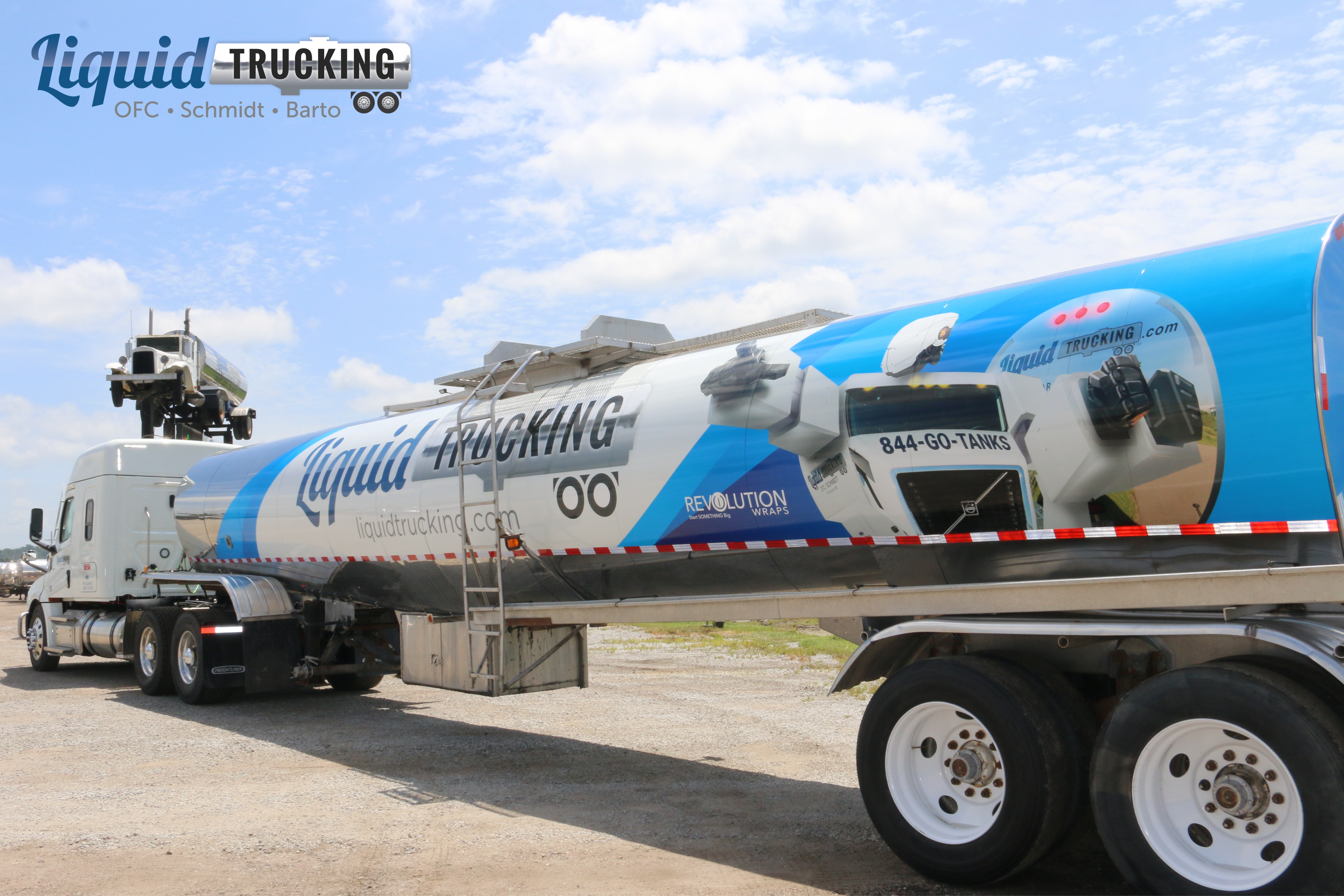Today, liquid transportation is a huge industry. But, that wasn’t always the case. In the early years, finding ways to transport liquids was quite a challenge. As technology developed, safety and speed were at the forefront of innovation in this industry. Fast forward to today, the tank trucks that we drive today are much safer, faster, and bigger than anything this industry has ever seen before.
Evolution of Tank Trucks
- Horse-Drawn Barrels
- The first form of liquid transportation were barrels of fuel that were pulled by horses. As you can imagine, this method of transportation was very slow and unsafe. With this being the primary method, it restricted the growth of the industry.
- Horse-Drawn Wagons
- After the 1880s, tank wagons appeared as a means to transport liquids in bulk. While these wagons were still horse-drawn, it allowed for more room to carry larger containers with every trip made. Overall, this helped decrease costs and revive the market.
- Motorized Tankers
- In the early 1900s, Standard Oil began using motorized tankers to transport oil across the country. Shortly after, pipelines and railroad cars also came into the picture and efficiently transported large quantities over long distances. The motorized tankers hauled oil short distances. By the 20s, the trucks began to brand themselves as they displayed the name of companies they were transporting for across the side of the tank.
- War Tank Trucks
- The war impacted a lot of things, especially transportation. Fuel production and transportation were overloaded. Essentially, tanks were being used day in and day out. Whether they were transporting oil or delivering food to troops, trucks were in constant use, which meant they broke down prematurely. At home, tanks were used to transport fuel to local gas stations and airports.
- Modern Tank Trucks
- Today, modern tank trucks are used to carry a lot more than just oil and fuel – they transport food, fertilizer, chemicals, and much more. The build of tanks has changed as well, it now has substantial linings to protect the tank and prevent leaking and contamination. Using aluminum has allowed manufactures to create bigger, lighter, and safer tanks. Additionally, tanks can also be compartmentalized to carry more than one liquid at a time, which is very convenient.
Closing Thoughts
Liquid Trucking has evolved and grown over time just as this industry has. Today, we have state-of-the-art GPS-equipped trucks and tankers, world-class facilities, and highly trained operators, who are the keys to our success. We are a family and operated company founded in 1989, which has grown to be one of the largest tank trucking companies in the United States. We pride ourselves on providing the highest quality liquid transport services out of the midwest, serving the continental US and Canada.
To get a quote, please call 844-GO-Tanks or visit our website. We know liquids!
Sources: A History Of Fuel Delivery Trucks, Specialty Fuel Services; From Tank Wagons to Tank Trucks: A History, Engine Accessory Manufacturing Inc.
